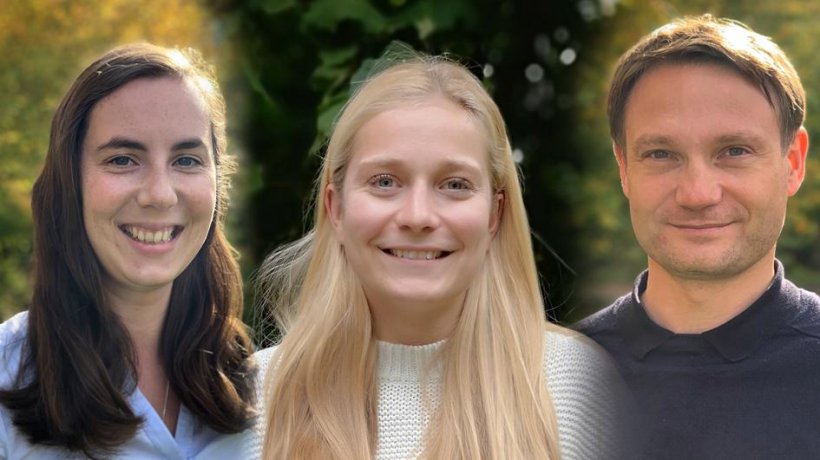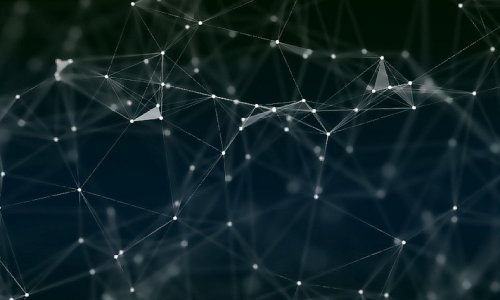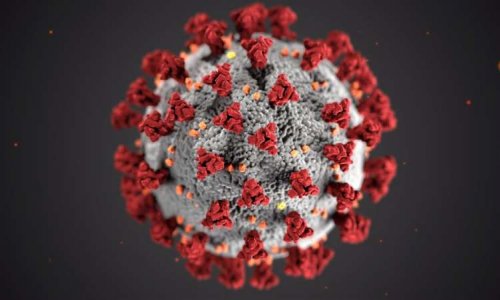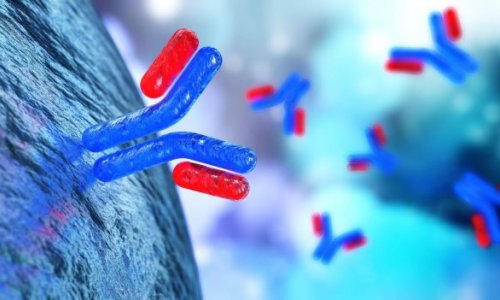
© Uni Tübingen
Video • Computer model vs. Covid-19
Discovering new weaknesses of SARS-CoV-2 through bioinformatics
The search for effective antiviral agents against the new coronavirus is in full swing. Using a novel approach, Tübingen bioinformaticians have now discovered a weakness in the virus that could be exploited for drug development.
In a computer model, DZIF scientist Andreas Dräger and his team discovered a human enzyme that is crucial for the virus. When it was switched off in the model, the virus could no longer multiply.
The researchers published their findings in the journal Bioinformatics.
First, we analysed the composition of the virus; then we used it to calculate which material is needed to produce a virus particle
Andreas Dräger
“When we switched off the enzyme guanylate kinase 1, virus replication was stopped without affecting the cell,” says Dr Andreas Dräger to summarise the findings. With a junior professorship from the German Center for Infection Research (DZIF) at the University of Tübingen, Dräger is involved in computer-based systems biology and initiated coronavirus research with his team in January. For their approach, the bioinformaticians developed an integrated computer model with the novel coronavirus SARS-CoV-2 and human alveolar macrophages. The latter is responsible for defence against foreign substances in the pulmonary alveoli. “There was already a complex computer model for these macrophages, which we managed to refine for this purpose,” says Dräger.
The initial situation in the model was that the virus had invaded the host, in this case, a human alveolar macrophage, and had already reprogrammed it. “Biochemical reactions that the virus uses in the host are therefore already integrated into the model”, says Dräger. The model now assumes that the virus wants to produce new virus particles and spread. To do this, the virus uses materials from the host and forces the host cells to produce new virus components. “First, we analysed the composition of the virus; then we used it to calculate which material is needed to produce a virus particle.” This is how the bioinformatician describes the procedure. He adds: “Once we understand that part, we can run through different scenarios and see how the biochemical reactions in the host cells change during a viral infection.”
In so-called flux balance analyses, the Tübingen research team then systematically tested which biochemical reactions occur differently in cells infected with the virus compared to non-infected cells. These reactions were the starting point for further experiments. By specifically deactivating the selected reactions, they were able to identify the processes that are particularly important for the virus. For example, they discovered that deactivating guanylate kinase (GK1) completely stopped the reproduction of the virus.
GK1 also plays a role in other viral infections. The enzyme, which naturally occurs in alveolar macrophages, forms an essential building block of the ribonucleic acid (RNA) and thus also an indispensible material for the construction of the RNA of SARS-CoV-2. “While virus replication no longer takes place without GK1, the human cell can switch to other biochemical pathways,” explains Dräger. This is a crucial requirement for inhibiting the enzyme with a drug without causing adverse effects in humans. Some inhibitors of the enzyme are already known and, together with their Hamburg-based collaboration partner Dr Bernhard Ellinger from the Fraunhofer IME ScreeningPort (IME), the bioinformaticians now want to test already approved inhibitors for their effectiveness against the new coronavirus as soon as possible.
Source: German Center for Infection Research (DZIF)
04.01.2021











